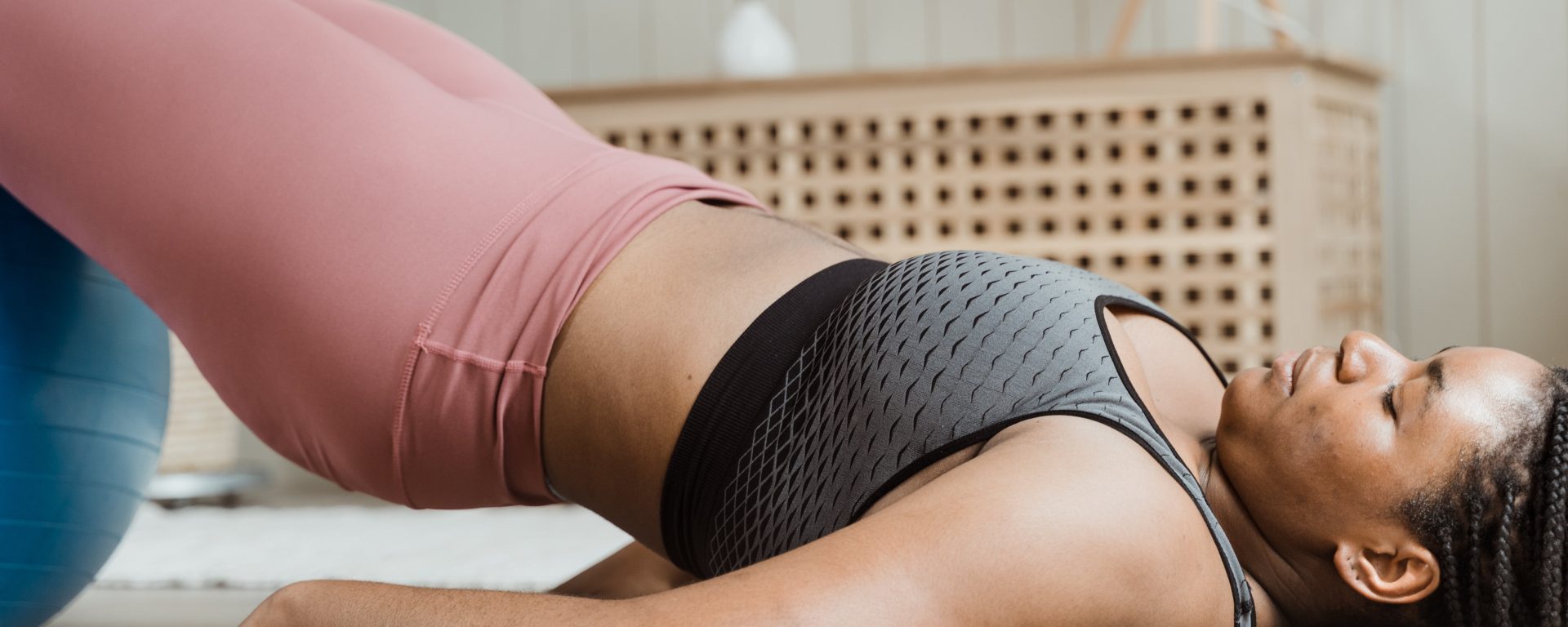Many athletes seek ways to improve their range of motion (ROM) and flexibility to enhance their performance. Foam rolling has gained popularity for its potential to release muscle tension, and static stretching is a common method for improving flexibility. In 2014, study by Andrew R. Mohr and colleagues aimed to investigate whether combining foam rolling with static stretching could significantly increase passive hip-flexion ROM.
This controlled laboratory study involved 40 participants with less than 90 degrees of passive hip-flexion ROM and no recent lower-extremity injuries. Over the course of six sessions, the researchers assessed passive hip-flexion ROM before and after various interventions: static stretching, foam rolling and static stretching, foam rolling alone, or no intervention (control). To ensure accuracy and consistency in measurements, participants lay supine with straps securing their hips and uninvolved leg. An inclinometer was used to measure hip flexion.
The study revealed a noteworthy change in passive hip-flexion ROM, irrespective of the intervention employed (F3,17 = 8.06, P = .001). However, the group that combined foam rolling with static stretching experienced a more significant increase in passive hip-flexion ROM compared to the groups that used static stretching alone (P = .04), foam rolling alone (P = .006), or no intervention (P = .001).
The findings of this study support the effectiveness of incorporating foam rolling into a static-stretching routine to enhance hip-flexion ROM. Athletes, particularly those without lower-extremity injuries and with limited hamstring ROM, can benefit from this combination. By foam rolling the hamstrings before static stretching, individuals can maximize their hip-flexion ROM, which may contribute to improved performance in various sports and physical activities.
In conclusion, the study conducted by Andrew R. Mohr and colleagues underscores the value of combining foam rolling with static stretching to increase passive hip-flexion range of motion. Athletes looking to optimize their flexibility and ROM, especially in the hamstrings, can benefit from this approach. By incorporating foam rolling into their warm-up routines, individuals may achieve greater gains in hip flexibility, potentially leading to improved athletic performance.
Reference: Mohr, A. R., Long, B. C., & Goad, C. L. (2014). Effect of foam rolling and static stretching on passive hip-flexion range of motion. Journal of sport rehabilitation, 23(4), 296-299.
